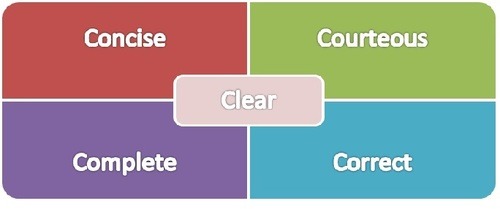I just finished reading
an article on the website Faculty Focus. For those who are not familiar, Faculty Focus is a wonderful resource
for educators, especially those in higher ed. Dr. Maryellen Weimer wrote abouther concerns regarding flipped courses. I will summarize her major arguments
and then address a few of her concerns.
First, “I worry that our affection for the idea of flipping, now supported by a
range of wonderful technology options, is causing us to overlook the careful
design work involved in guiding those independent learning experiences.”
Second, “Who should be taking flipped courses?”
Third, “Does the content of some courses flip more successfully than content in
other courses?”
Let me be clear, I am a major proponent
of flipped lesson plans, hybrid and blended learning, and effective/pedagogically sound (key) online and
distance education. The rush to flip courses is real and prevalent as administrators and
department heads seek to obtain relevance and a stake in the online learning
landscape.
With that being said I
want to reiterate that I am against poor pedagogy in any context, blended,
flipped, face-to-face, fully online, etc. Dr. Weimer is correct, courses that
are rushed and poorly planned and executed are a disgrace to the academy.
Independent learning experiences, student-centered, learning style driven
instruction is crucial, however we would be remiss to assume that an independent
experience can only be achieved inside the traditional classroom. Independent
experiential learning is a necessity in any instructional context. Pedagogy,
sound thoughtful pedagogy, is not limited by spatial or technological
constraints.
The second concern is
also valid, who should take flipped courses…I don’t know (obviously I have assumptions) but if we refuse to
allow freshmen, sophomores, juniors, seniors to take a flipped course are we
then limiting the independent nature of instruction? Should we not be able to
trust that academic advisers and students can collaborate in such a way that flipped
or traditional courses become an option based on the individual student?
Limiting who can or should take flipped classes may limit the individual
experience of every unique learner. Some freshmen may not be prepared to take
a flipped course—however, some seniors may struggle as well. The question may be less about format and more about overall college readiness.
The third concern above is valid but again I believe that if we are approaching a flipped course in
the same pedagogical manner as the traditional classroom then we (as
instructors) should be able to identify content that may or may not be
successful in an online or flipped context. A great question but a question
that can be answered with thoughtful instructional design.

